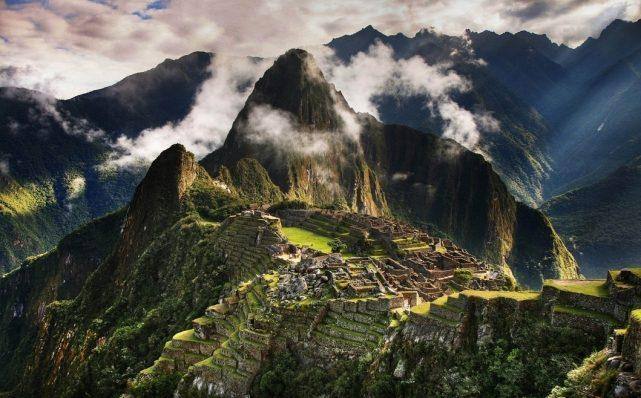Machu-picchu is not just an architectural miracle, but a whole universe of secrets hidden in the mountains of Peru.
As a tourist, I expected to see the ancient city of Inca, but received a feeling of immersion in something much more mystical. In this blog, I will share my impressions, thoughts and observations, supported by theoretical and archaeological facts.
1. First meeting with the city
Immediately after lifting to the observation deck, I felt an elusive attraction. Stone terraces laid like a mosaic, proudly rose above the tropical valleys. The air was saturated with fog, and it seemed that the ruins were hovering in the clouds. It was here that I had the first Significant Impression: Machu Picchu lives his life, regardless of us, visitors.
2. Architecture and engineering solutions
The Incas created a hydraulic system that provides the city with water from springs, leaving no puddle, but maintaining a constant level of humidity.
It was struck that the stones are fitted with jewelry accuracy:
- Seismic resistance. The walls withstand earthquakes thanks to truncated angles.
- Terrace agriculture. Many steps made it possible to cultivate different cultures.
- Channels and aqueducts. The water drained down, saturating the slopes without erosion of the walls.
Each structural element serves a certain goal, and together they form a harmonious system.
3. Mysticism and energy energy
The power of this place is so noticeable that many tourists talk about dizziness, light trembling hands or increased heartbeat. I spent several minutes in the “Temple of the Sun”, where the ray of the dawn sun breaks through the hole in the dome, creating the impression of the cosmic ritual. At this moment, it seems that you are associated with a series of sacred astronomical calculations made more than six centuries ago.
4. Basic theories of origin
There are different points of view about the appointment of Machu Picchu:
- Summer residence of the ruler of the Inca Pachakuti.
- Astronomical observatory complex.
- The place of rituals with the dedication of the sun and other deities.
Personally, I am inclined to the fact that this is both the palace, the center of priests, and the research station of the ancient world.

5. Archaeological finds
Over the past decades, scientists have discovered many artifacts:
- Ceramic vessels with prints of plants unknown to science.
- Bone jewelry with emeralds.
- Microscopic traces of paints used in religious rituals.
Each new find opens another corner of secrecy, turning the city into an endless puzzle.
6. Legends and local traditions
According to guides and residents of the nearest settlements, at dawn, sometimes singing in the valley is heard, and at dusk, glow, similar to fire balls soaring over the ruins. Unfortunately, I did not see such lights, but several times I felt a light cold breath, although it was warm around.
7. Personal experience and thoughts
During a walk along the ancient streets, I mentally discovered for myself:
- A sense of time. It seems that you are not a tourist, but a participant in an ancient rite.
- Connection with nature. Each stone here seems to breathe along with trees growing around.
- Lack of boundaries. Machu-picchu as if shows: we are the whole part of the Great Universe.
8. Conclusion
Machu-picchu remains a mystery that humanity is just beginning to paint in bright colors of understanding. For me, this city has become a symbol of the eternal search, proof of how much we still do not know about ancient civilizations. Each step along narrow stone paths recalled that history is not only events, but also sensations that unite generations.
If you are ready for true immersion in mysticism and at the same time want to enjoy the views of indescribable beauty, go on the road to the top of the Andes. Perhaps your own experience will open another page of this unique story.
